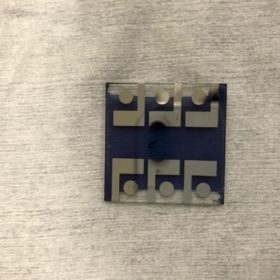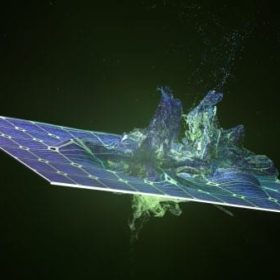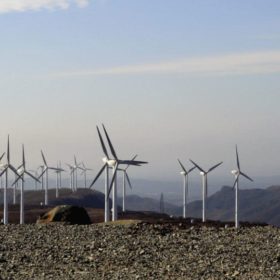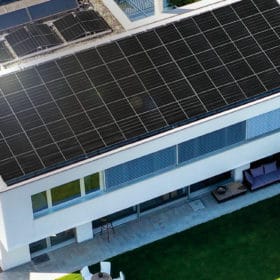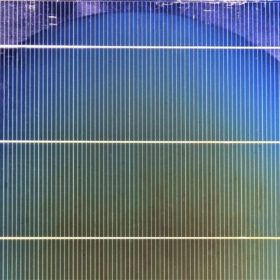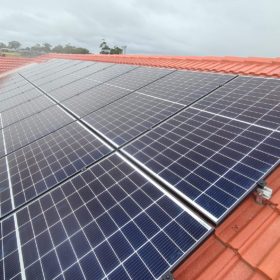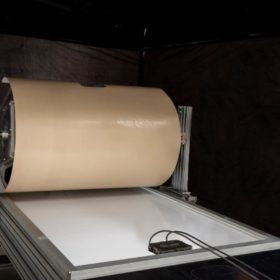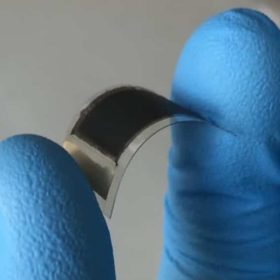Organic solar cell with 18.4% efficiency via new electrode coating
Saudi scientists built the cell’s electrode with a hole-transporting molecule called Br-2PACz and not with the commonly used PEDOT:PSS. It helped improve the photovoltaic cell efficiency by around 0.9%.
New process to recycle silicon, silver and glass from end-of-life PV panels
A €4.8 million (AU$7.5 million) EU-funded research project is aiming to develop a process that allows recovering all components of a photovoltaic module.
Sunday read: China struggles with solar supply
Since July 2020, the PV industry has been experiencing price rises, which have affected almost all the components in a solar system. As these price increases spill out into higher installation costs, we see end user prices for solar rising for the first time in 10 years, threatening the competitiveness of PV in certain markets. Vincent Shaw reports from Shanghai on solar manufacturing’s supply chain crisis.
LG claims new rooftop module range ideal for Australia
South Korean solar module maker LG Electronics has unveiled a new range of solar panels for residential and commercial PV projects which it has described as the most reliable and efficient renewable energy solution it has yet created.
Simplifying solar cell deposition
Scientists in Germany have developed a new process for deposition of silicon dioxide layers during cell production. Without the need for high pressure, flammable gases, or vacuum conditions, the process could lead to cost reductions for cell manufacturers, provided it can be developed and applied in a large-scale production setting.
Consumers look at off-grid options amid talk of tariffs
Solar module manufacturer Q Cells Australia has revealed a growing number of residential customers are contemplating exiting the grid entirely as policy makers grapple with how to integrate increasing amounts of small-scale renewable energy technologies like rooftop solar PV and batteries into the electricity grid.
Factory explosion in Xinjiang threatens further polysilicon shortage
With the solar industry already seeing prices rise because of a shortage of panel raw material polysilicon, an explosion yesterday at the factory of a silicon metal producer in Xinjiang could have further repercussions on supply. No casualties have been reported.
A repair tape for cracked backsheets
Backsheet failures have plagued the industry, causing hefty financial burdens to many asset owners. DuPont has launched a product it says allows for easy repair of modules.
Perovskite stability, and the effects of defects
An international team of scientists fabricated perovskite solar cells which retained almost all of their initial 21% efficiency after 1,000 hours under continuous operation at their maximum power point. The researchers credit this performance to their discovery of an additive that served to ‘block’ ions that cause device degradation, and also hope their work will contribute to an improved understanding of the relationship between efficiency and stability in perovskite PV.
Saturday read: Manufacturing meets big data
As PV manufacturing lines continue to get larger, keeping track of the measurement data that’s vital for quality and process control becomes an ever more herculean task. Flashing equipment supplier h.a.l.m. has developed a software solution that keeps all of this data in one place and provides operators with a real-time view of production line performance and quality. pv magazine caught up with Managing Director Michael Meixner to discuss the latest on big data in PV manufacturing.
